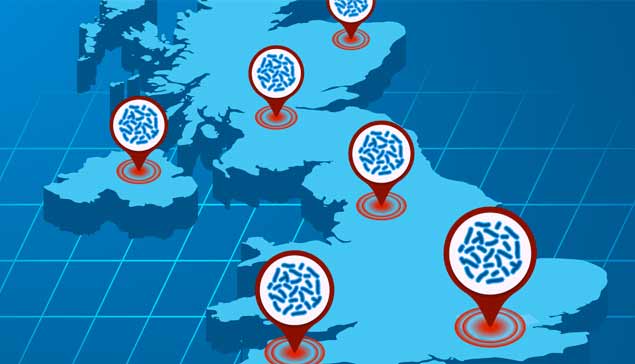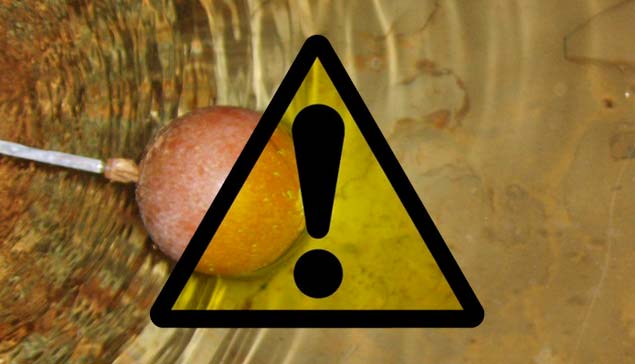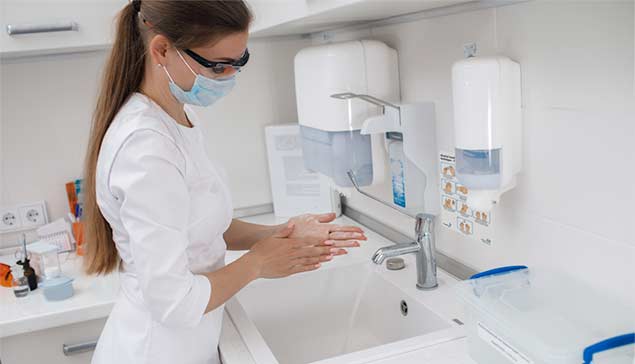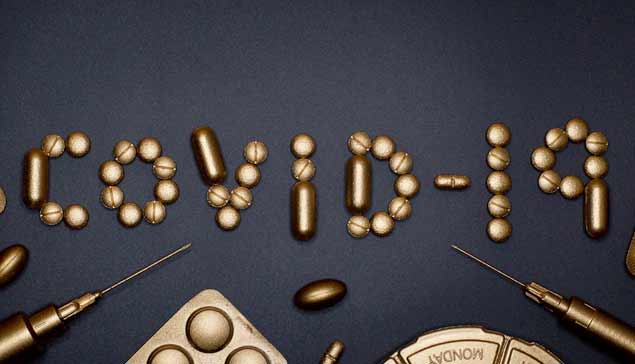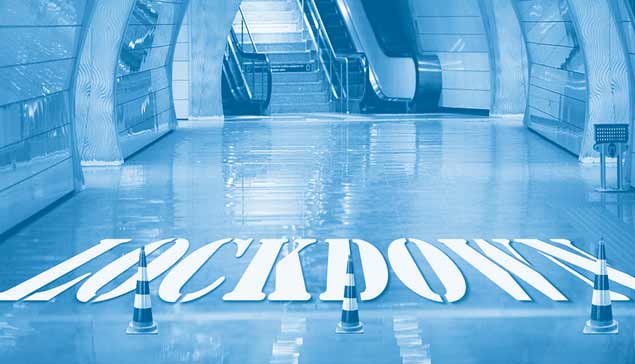ASSOC. COMPANY
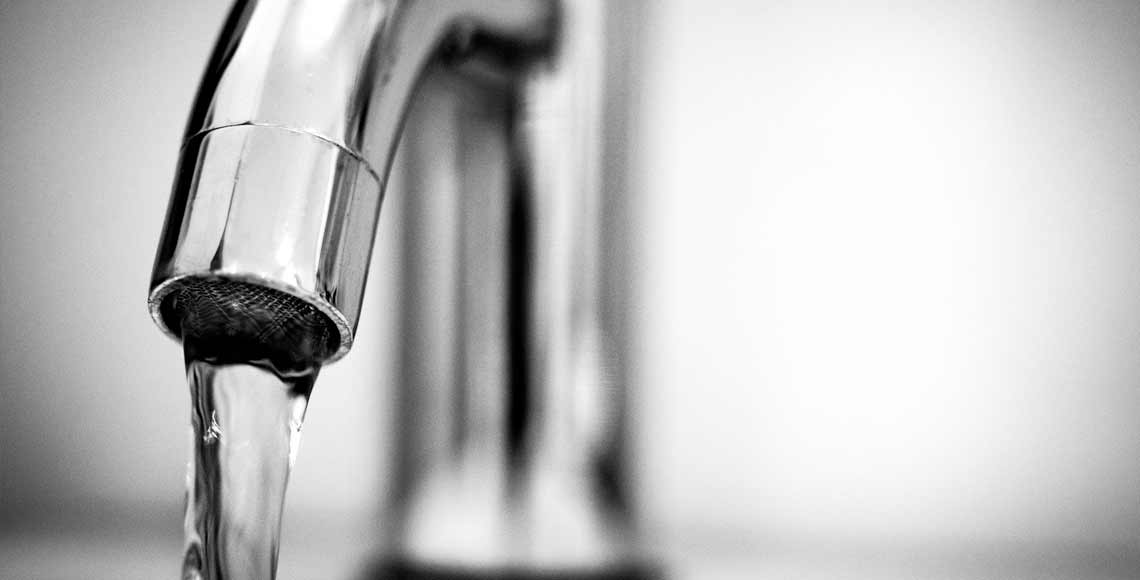
Standards for water chlorination
Water Environmental Treatment Ltd are a nationwide water treatment provider based in the Midlands with over 20 years experience in keeping water systems compliant.
To get your free pipework chlorination quotation to BS 8558 with fast response time and UKAS accredited sample analysis please call us on 01827 288 810 today or visit our Water Chlorination page.
Current water chlorination standards
Chlorination is the most widely used method of disinfecting water systems and water supplies. Chlorine is highly effective at eliminating the risks posed by bacteria and viruses that naturally occur in water. It has been used to help sanitise our water supplies for more than a hundred years and Legionella is one of the bacteria that chlorination aims to combat.
What is involved?

Step 1: Method Statement for Chlorination Works
We provide the client with a detailed method statement of the disinfection process and identify the services to be disinfected.

Step 2: Mains water flush
Mains water is flushed around the system until the supply is clear, removing installation and manufacturing debris from the pipework.

Step 3: Disinfection
The disinfectant is prepared at the required concentration and pumped into the system at the agreed injection point. This is drawn through all points of the system until the disinfectant is detected at the required concentration at each draw off point.
At this point the system is closed and left for the specified contact period. This is typically one hour when using 50ppm chlorine disinfectant.
For systems with known contamination problems W.E.T recommend analysing the water in advance to determine the optimum disinfection process for the specific infection.

Step 4: Flush the System
Provided the disinfectant level has not significanctly deteriorated the disinfectant is neutralised by pumping through a neutralising solution. This in turn is then flushed out with mains water.

Step 5: Microbiological Sampling
To confirm the efficacy of the disnfection process water samples are taken from the furthest outlets on the system, these are tested for TVC, E-coli/ coliforms, Pseudomonas and Legionella by a UKAS accredited laboratory.

Step 6: Certificate of Completion
Upon completion the client is issued with a disinfection certificate clearly stating that the works have been carried out to BS8558:2015, appropriate for any water authority, as well as subsequent microbiological sample analysis results from a UKAS accredited laboratory.
Chlorination is the most widely used method of disinfecting water systems and water supplies. Chlorine is highly effective at eliminating the risks posed by bacteria and viruses that naturally occur in water. It has been used to help sanitise our water supplies for more than a hundred years and Legionella is one of the bacteria that chlorination aims to combat.
Chlorination levels
The level of chlorination required in different water systems can vary greatly. The low levels used in drinking water systems are perfectly safe for consumption but systems such as pools, spas and hot tubs generally require a far greater level of chlorination to maintain safe water.
Water that is being supplied for consumption is heavily controlled and to achieve compliance with HSG274 and ACoP-L8 requirements water systems must meet the latest standards governing the supply of safe water. These standards are set out in BS 8558 which replaced the previous guidelines, BS 6700, in 2011.
BS 8558:2011 provides complementary guidance to BS EN 806. It is a guide to the design, installation, testing, operation and maintenance of services supplying water for domestic use within buildings and their curtilages.
When should an internal supply system be disinfected?
Water entering into the mains supply is treated at source with low levels of chlorine to combat bacteria and viruses that may be contained within the water supply infrastructure. However, guidelines contained within ACoP L8 set out circumstances under which a building's internal supply system should be subject to cleaning and disinfection through chlorination. These circumstances include:
(a) if routine inspection shows it to be necessary (prevention and control measures have not been met)
(b) if the system or part of it has been substantially altered or entered for maintenance purposes in a manner which may lead to contamination
(c) during or following an outbreak or suspected outbreak of legionellosis
(d) if the cold water storage tank is potable (i.e. feeds drinking water) it must be chlorinated annually or more frequent if inspection deems necessary
Newly installed water systems are also required to be cleaned and disinfected to BS8858 standards prior to approval for connection to the mains supply. Failure to achieve these standards can result in the local water board refusing a connection. Again the most effective and commonly used method used to clean and commission new water systems to standard is a mains injection or pipe work chlorination.
The chlorination process
The chlorination process involves injecting a disinfection solution into the water system that flushes through all pipe work, storage tanks and outlets. Water samples are taken post chlorination to test against samples taken prior to the process to establish the cleanliness of the water within the system. Upon completion a certificate is issued to show the cleaning and disinfection process has been completed successfully to BS 8558 standards and a connection to the mains supply can be safely established.
All disinfections carried out by W.E.T are completed to BS 8558 standards as stipulated within the Approved Code of Practice (ACoP) L8. Our team of experts create a detailed method statement prior to undertaking the disinfection and all samples are tested at a UKAS accredited laboratory.
Contact the team at W.E.T if you have questions regarding the latest standards relating to chlorination and the disinfection of water systems. Use our online contact form or call us on 01827 288810.


